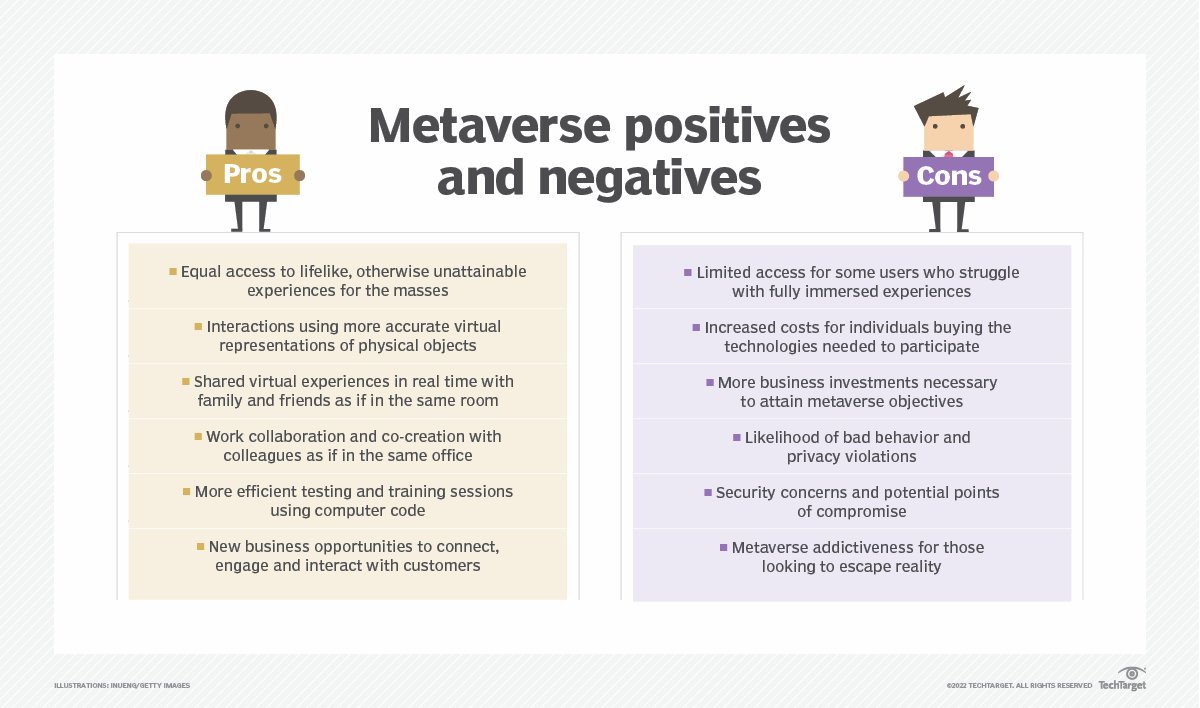
Announcements
- Cloud security threats in 2023 range from data breaches and lack of cloud security architecture and strategy, all the way to insider threats and insecure interfaces and APIs. The threats are numerous, and creating and implementing a strategy to contend with them all is more complex than ever before. Join cloud security experts for a special three-day Summit where they’ll share best practices and insights into how IT security leaders can get ahead of cloud complexity and protect their businesses, customers, partners and supply chains.
- The hybrid cloud infrastructure is set to enhance agility, create new value propositions and optimize data strategies across industries and business functions. But with a severe talent shortage and skyrocketing IT costs, developing a cloud innovation strategy that achieves these goals isn’t easy. Join the Accelerating Cloud Innovation virtual summit and get tips to build a cloud innovation roadmap to set you up for success in 2023.

Destruction of the Commons
I’ve remarked before that the life cycle of social media platforms shares more than a passing resemblance to the evolution of stars. Most start as experiments that attract users and developers seeking something different. Growth can start slow, but eventually such platforms reach a tipping point where everyone wants to be on the same network that everyone else is on, either to carry on the conversation or to bask in the glow of more famous influencers. Advertisers see eyeballs covering a site; investors see the money that those advertisers are shoving in the door. Before you know it, the social medium has gone from a young, excellent, bright star to a more prominent main sequence star, reaching a point where the second derivative of growth turns negative.
This factor isn’t huge at first, and the social media star enters a period of stability (like a main sequence star) for a while, despite signs of slowing growth. Investors who piled on early begin to fret about the social media company’s earnings not panning out as quickly as they did earlier, and the call from those investors gets echoed over the burnished oak tables in the expensive board rooms. The advertising needs to be stepped up, and sometimes those doing the advertising may be selling things more pernicious than new cars. Bots and AI get called in to handle increasingly troublesome and vexing problems. The cognoscenti begin edging their way to the exits as the site shifts to increasingly unpopular political decisions.
In several cases, very wealthy demagogues see the platform as a great publishing platform and purchase it, only to discover that what they’ve purchased seems remarkably ephemeral. Within a year of the purchase, the star has shed most of its outer layer, with most of the remaining activity being conducted by bots talking to other bots like some degenerate matter. Even though there is usually still a functioning company, the social media aspect is gone even as the company passes through a series of holding companies each intent on siphoning off what’s left from the previous owner’s depredations.
For all of that, Twitter’s demise has been spectacular if somewhat disheartening. Twitter had started with an interesting conceit: Limit messages to 140 characters to keep the site from bogging down in big missives. As such, it very quickly attracted the attention of journalists who used the platform to post links and tweets. Tweets were little more than soundbites to put context around the links. Over the next two decades, it became a news and information clearinghouse. Twitter had become a commons, much like other projects such as Wikipedia, Github, Linux, and the World Wide Web itself.
A commons is an anomaly in the realm of hyper-capitalism – it’s a shared space where people support it because it benefits them for the commons to exist. This also explains a significant anomaly that Elon Musk likely failed to factor in. Most commons, by their very nature, are, throughout much of their existence, on the edge of bankruptcy and ruin because people invest only so much as they expect to get out of the commons. Twitter could likely have gone on at the edge of bankruptcy for the next fifty years because someone usually waited in the wings to inject it with just a little bit more money. The commons is a place that exists due to common trust, and had the Board of Directors not become greedy they could have readily sold off their shares into the hands of someone who recognized the magical nature of what Twitter did.
Musk did not see the Commons. He saw a platform that he could use to spread his views and those with a similar mindset. Without the goodwill of millions of people (which he then proceeded to squander), there is no Twitter to speak of. In the process, he has not only found himself holding anything but sand but is now watching the ensuring contagion impact his other ventures.
Will Twitter survive this? No doubt something will last beyond this debacle, no doubt something glaring and malignant, a Sauron’s Eye laying waste to all around it. More enlightened senior managers may very well also recognize what has been true for a while, but that all too often has been ignored because it feeds into the myth that feeds the Elon Musks of the world: People don’t matter. Indeed, the assets of most tech companies are not their computers, algorithms, or buildings. Their people have a shared vision, push boundaries, and are constantly inventive.
Right now, too many of those same companies are throwing those assets onto the streets because cabals of investors are watching their dividends fall as the extraordinary times of the pandemic finally even out. These investors command that companies should become profitable again by firing the same workers they just paid a premium for because these companies couldn’t find the talent they needed.
Winter is coming.
Who will succeed Twitter? (Hint, it won’t be Twitter.) Ironically, my money’s on Mastodon.social, a distributed social network platform that’s still a bit rough around the edges but that is explicitly designed as a commons. It’ll take a while, but the rest of the world is becoming increasingly distrustful of rogue, predatory multi-billionaires. Maybe trying to colonize Mars is a far worse bet than cleaning up the world we already live in.
In Media Res,
Kurt Cagle
Community Editor,
Data Science Central
DSC Editorial Calendar: December 2022
Every month, I’ll update this section with many topics I’m especially looking for and are more likely to be featured in our spotlight area. If you are interested in tackling one or more of these topics, we have the budget for dedicated articles. Please contact Kurt Cagle for details.
- Post Twitter Social Media
- 2023 Data and Technology Trends
- Generative AI
- GPT-4
- Surviving the AI Recession
- Graph Vector Embeddings
- 3D Web Graphics
- Data Meshes
- Digital Twins
- Secure AI
If you are interested in posting something else, that’s fine too, but these are areas that we believe are hot right now.


